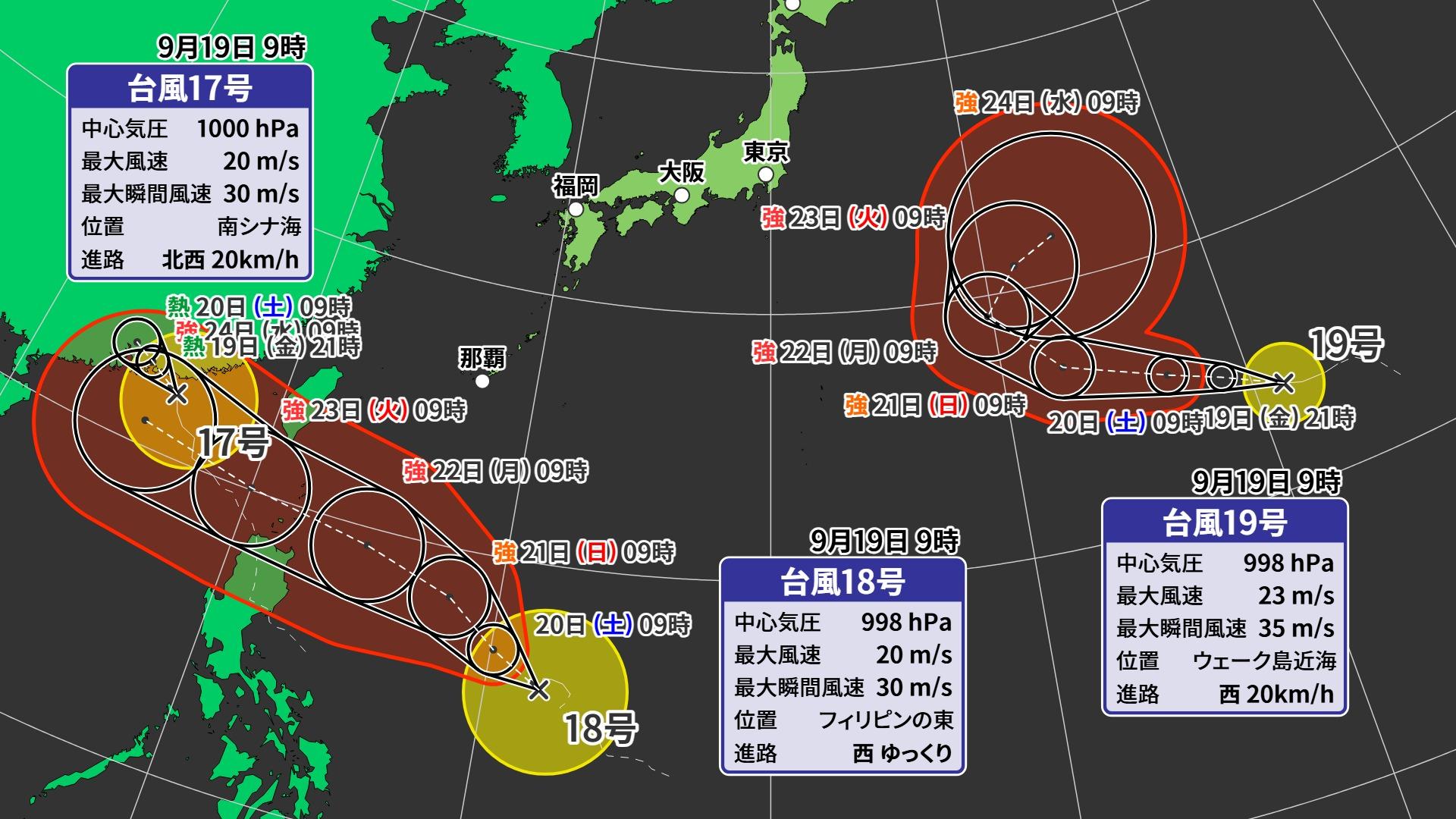In a unique occurrence that's challenging meteorological understanding, three typhoons have formed simultaneously and striking Japan on the same day. As yet, it's unclear why this sudden intensification of weather patterns has taken place. The affected areas and the extent of the damage caused by the typhoons are still being assessed. Discussions among scientists are focused on investigating the possible role of climate change in this anomalous event.
In Japan, typhoons are a typical part of the weather patterns, especially between May and October. These storms often lead to heavy rainfall, flooding, and significant damage to property. An event of this scale, however, is unusual and has caught the attention of both the public and the scientific community. The public is particularly concerned about the readiness of the country's disaster management systems to handle such large-scale and simultaneous emergencies.
In the US or EU, similar meteorological events such as hurricanes (Atlantic analogs of typhoons) also draw significant attention. However, the awareness, preparation, and infrastructure around these events can vary widely, with some countries being much better equipped to handle these situations than others. The occurrence of three major storms simultaneously would also be regarded as highly unusual.

